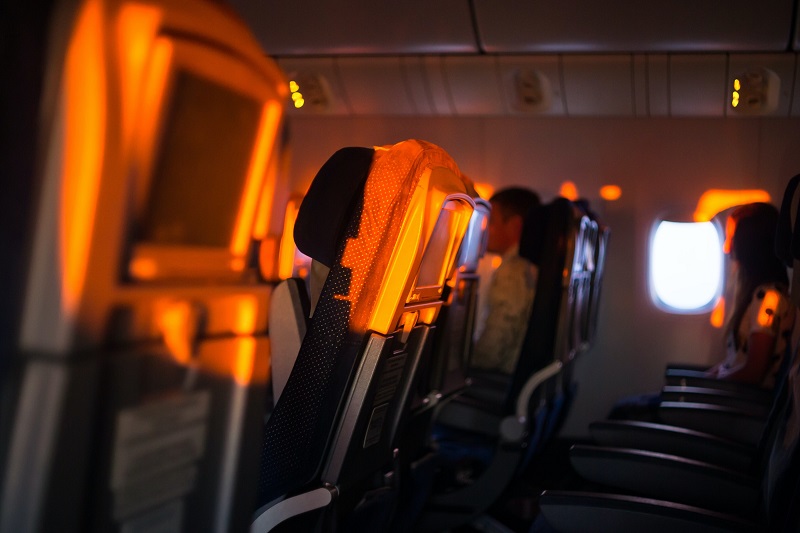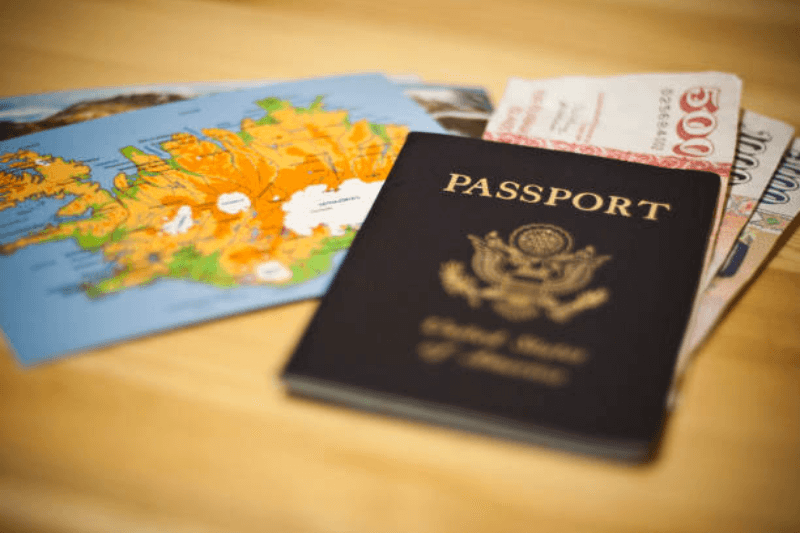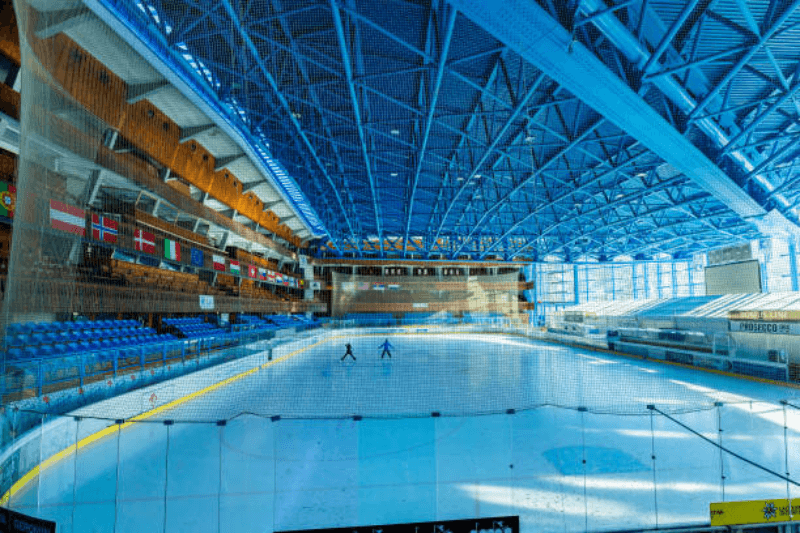
Is global warming behind increasing flight turbulence?
Last updated on June 14th, 2023 at 02:11 am
Scientists at Reading University in the UK believe flight turbulence has increased in the last few years as climate change continues to warm the planet.
They found severe turbulence had increased 55% between 1979 and 2020, and blamed changes in wind speed at high altitudes due to warmer air from greenhouse gas emissions.
The researchers studied clear-air turbulence, which is relatively more difficult to dodge.
Following years of research showing global warming will lead to an increase in clear-air turbulence, the scientific community finally has evidence suggesting the increase has already started, said Prof Paul Williams, who co-authored the study published in Geophysical Research Letters.
The atmospheric scientist at the University of Reading highlighted the pressing need to invest in improved turbulence forecasting and detection systems, to prevent the warmer air from causing bumpier flights in the future.
Keep Reading
While flight routes in the USA and North Atlantic saw the largest increase in turbulence, the South Atlantic, Europe and the Middle East also saw significant increases.
Prof Williams said the increased turbulence was because of greater differences in wind speed in the jet stream, a strong wind system blowing a few miles above the Earth’s surface from west to east. It exists largely due to a temperature difference between the equator and the poles.
While satellites aren’t capable of seeing the turbulence, they can indeed see the structure of the jet stream, allowing it to get analysed.
Flight turbulence from storms gets picked up by radar, but clear-air turbulence is incredibly harder to detect or, at times, impossible.
Apart from being uncomfortable, turbulent flights can also cause injuries, especially for passengers who are not belted in. Moreover, there are certain financial consequences as well.
The aviation industry loses between $150 million and $500 million annually in the US alone due to the effects of turbulence, including wear-and-tear on aircraft, the researchers mentioned. There is an environmental cost too, as pilots use up more fuel while avoiding it.




